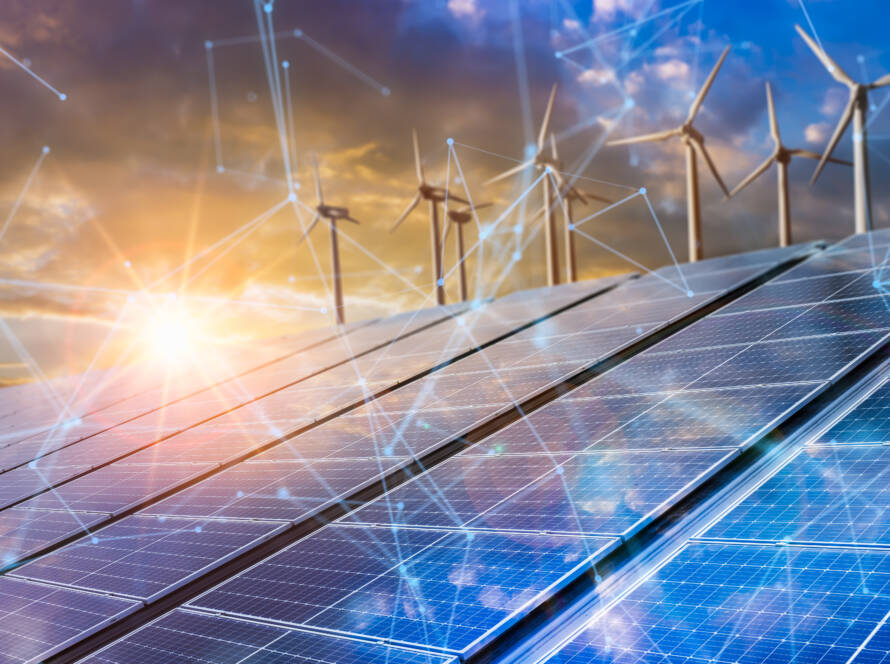Onshore Wind: Pros and Cons
QPros:
Cost-Effective: Onshore wind farms are generally more affordable to develop and operate compared to offshore wind farms, making them an attractive option for renewable energy generation.
Abundant Resources: Onshore locations typically offer vast land areas with suitable wind resources, allowing for the installation of large-scale wind farms to generate significant electricity.
Local Benefits: Onshore wind farms can bring economic benefits to local communities, such as job creation, increased tax revenues, and opportunities for landowners to receive lease payments.
Established Technology: Onshore wind technology has been extensively developed and deployed, resulting in reliable and proven systems for electricity generation.
Cons:
- Visual and Noise Impact: Some individuals may have concerns about the visual impact of onshore wind turbines on the landscape and potential noise disturbances, particularly if located near residential areas.
- Land Use and Environmental Considerations: Large-scale wind farms require substantial land areas, potentially impacting local ecosystems, wildlife habitats, and agricultural activities.
- Transmission Challenges: In some cases, onshore wind farms may be located far from population centers, necessitating the development of extensive transmission infrastructure to transport the electricity to where it is needed.
Offshore Wind: Pros and Cons
Pros:
- Strong and Consistent Winds: Offshore wind farms benefit from strong and consistent wind resources, as offshore locations tend to have fewer obstructions and higher wind speeds compared to onshore sites. This results in increased electricity production potential.
- Greater Energy Potential: Offshore wind farms have the potential to generate a significant amount of electricity due to access to larger wind resources and the ability to install larger turbines in deeper waters.
- Reduced Visual Impact: Offshore wind farms are typically located far from coastal areas, minimizing the visual impact on land and reducing concerns related to noise disturbances.
- Job Creation and Economic Growth: The development of offshore wind projects can stimulate job creation and economic growth in coastal regions, benefiting local communities and industries.
Embracing the winds of change, onshore and offshore, we weigh the pros and cons of wind energy, navigating towards a sustainable future.
Piter Bowman
Cons:
Cons:
- Higher Costs: Offshore wind projects tend to be more expensive to develop and maintain compared to onshore wind farms due to the complexity of installation, maintenance, and transmission infrastructure required.
- Environmental Impact: The construction and operation of offshore wind farms can potentially impact marine ecosystems and wildlife habitats. Mitigation measures and thorough environmental assessments are necessary to minimize these effects.
- Technological Challenges: Offshore wind technology is continuously evolving, and certain technical challenges remain, such as withstanding harsh marine conditions, securing foundations in deep waters, and transporting and installing large turbines offshore.
Creative approach
It is important to note that the pros and cons mentioned above are general considerations and can vary depending on specific project locations, regulatory frameworks, and stakeholder perspectives.



1 Comment
Ashton Porter
Duis autem vel eum iriure dolor in hendrerit in vulputate velit esse molestie consequat, vel illum dolore eu feugiat nulla facilisis at vero eros et accumsan et iusto odio dignissim qui blandit praesent luptatum zzril delenit augue duis dolore tefe.
Comments are closed.